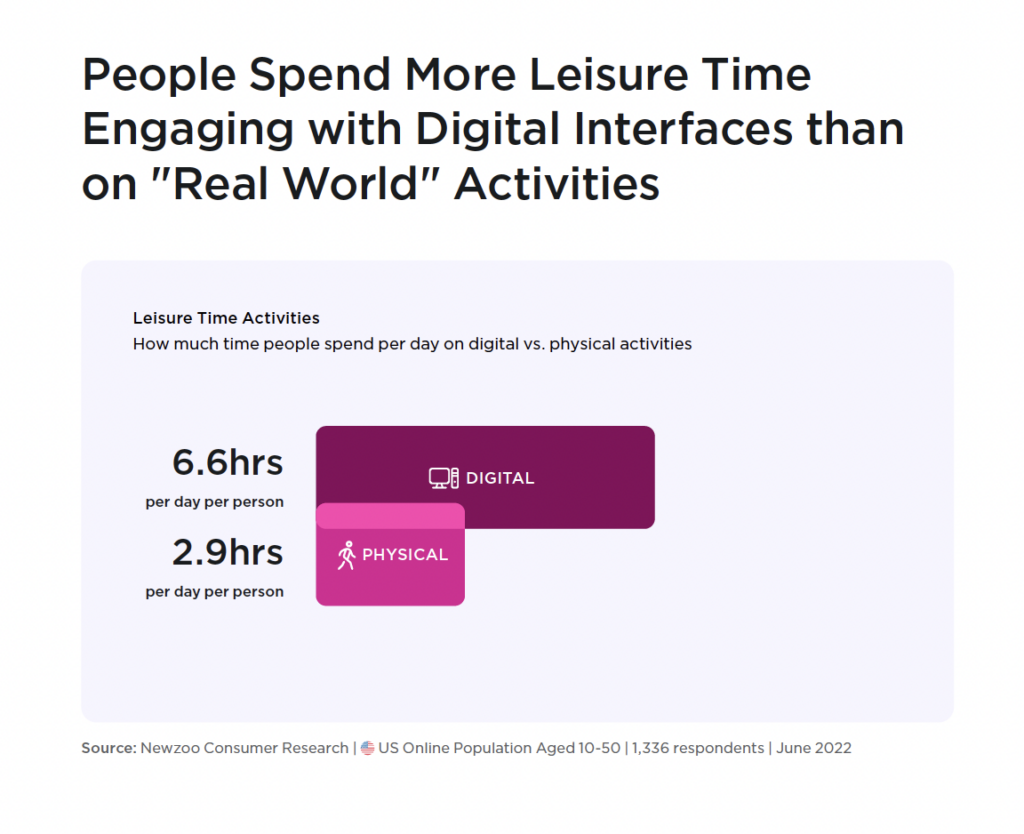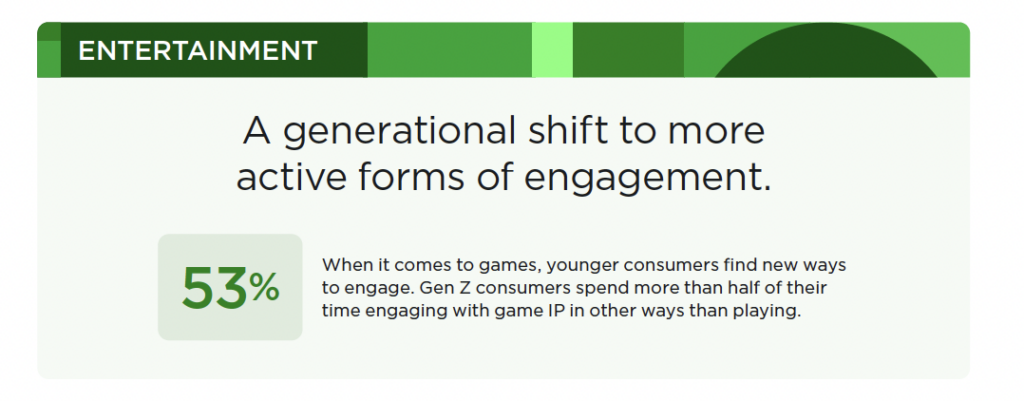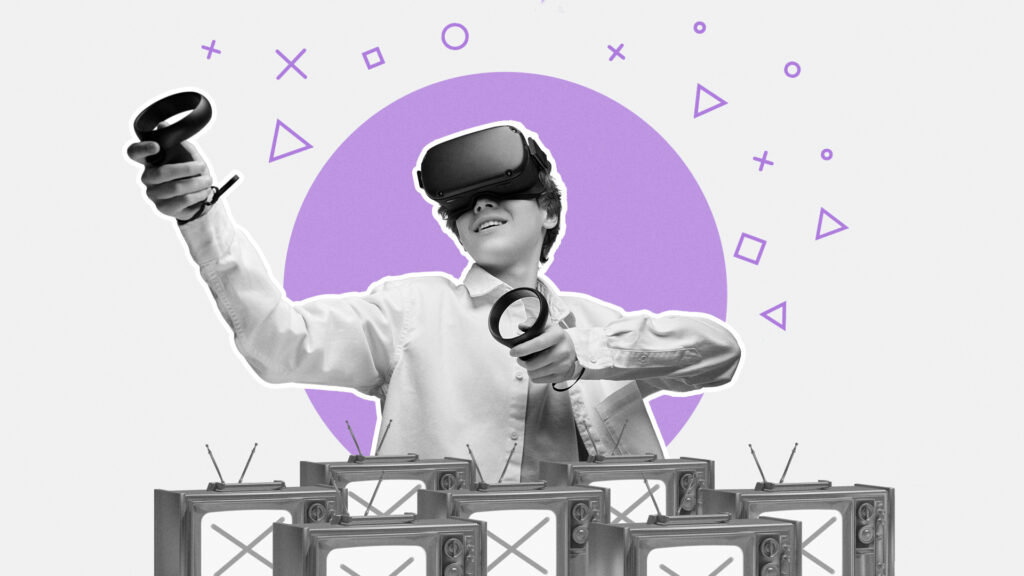A recent Newzoo report reveals that consumers spend more leisure time in digital spaces than in physical leisure activities. However, an emergent flavor of consumer interaction—phygital engagements—is creating new links between physical and digital social, entertainment, and commercial interactions. Phygital spaces also present new opportunities for brand marketers to reach audiences with engaging experiences.
Defining Phygital: Purpose-Driven Mixed Reality
Phygital spaces are “everywhere spaces”—agile, often autonomous gateways for new interactivity that can be tailored for almost any environment or device, creating a secondary space for interactions wherever the consumer might be. These potential points of contact between consumers, brands, platforms or products (digital or physical) optimize immersion, personalization, and granular consumer control over their interaction with specific technologies that use context to scale impact. Phygital spaces are usually designed to foster intense engagement, with user-experience features focusing on amplifying brand messages by delivering a unique, valuable interaction at a certain touchpoint.
Some examples include:
Retail Stores with augmented reality (AR) Integration: Brands like Nike and Sephora allow consumers to virtually try on items at home via mobile as well as in-store with AR kiosks.
Virtual Reality (VR) Showrooms: Audi and Volvo, among other car manufacturers, use VR showrooms that permit shoppers to customize cars and explore them through a virtual 3D environment.
Live Events with AR/VR activations: Live events like Coachella and The Essence Festival have leveraged phygital features like AR filters and VR headsets to expand their content’s reach via streaming and deepen engagement onsite.
Gamified Experiences in Physical Spaces: Pokémon GO is a prime example of a phygital space that combines real-world exploration with digital gaming elements. As millions of users worldwide shared their experiences with the phygital scavenger hunt on social media, new, non-gamer audiences were introduced to AR games.
According to the most recent Newzoo report, A New Era in Media & Engagement, consumers are now spending nearly twice as much of their leisure time in virtual spaces—including in phygital experiences—as they are in pure physical activities.

The Phygital Shift: Why It Matters For Marketers
As people spend just over 12 hours per week on video games and virtual spaces, brand marketers have ample opportunity to reach them in lean-back mode. Yet a new kind of engagement, phygital experiences, also presents new opportunities for marketers. The report states that Gen Z consumers spend 53 percent of their leisure time engaging with game IP in other ways than playing through their consoles.

The report shows nearly 70 percent of Gen Z identify as digital creators. Gen Z is leading a wave of independent creators who are not only micro-influencers within their social circles but also national tastemakers—raising the bar for the types of content and interactions consumers will expect from branded content.
That means a brand with the capacity to share or feature user-generated content in tandem with a phygital strategy can scale a new kind of earned media value—as consumers share and interact with influencer content and share their own.
Here are three reasons brand marketers should consider integrating phygital experiences with their marketing strategy:
Consumer expectations: Immersive, powerful, and modern experiences are table stakes for consumers online. Their expectations drive engagement; exceeding those expectations with phygital experiences that provide a unique value, such as the ability to view a product at home through an AR lens, can build brand equity and accelerate conversions.
Data-driven insights: Phygital spaces are data reservoirs with plenty for everyone. When consumers engage with phygital tools, they are also connected to gateways that can lead them to shopping carts, social media, or customer service portals. Access to that level of granular data allows brands to perfect personalization efforts with new insights from each interaction.
“Everywhere engagement”: The phygital world is rapidly becoming just “the world” as AR and VR tools become more accessible via mobile. As Gen Z embraces new experiences that connect virtual spaces to physical locations, marketers can leverage access to those tools to make engagement and conversion possible almost anywhere, with the added benefit that consumers who engage are likely doing so based on interest and preference, with high intent.

